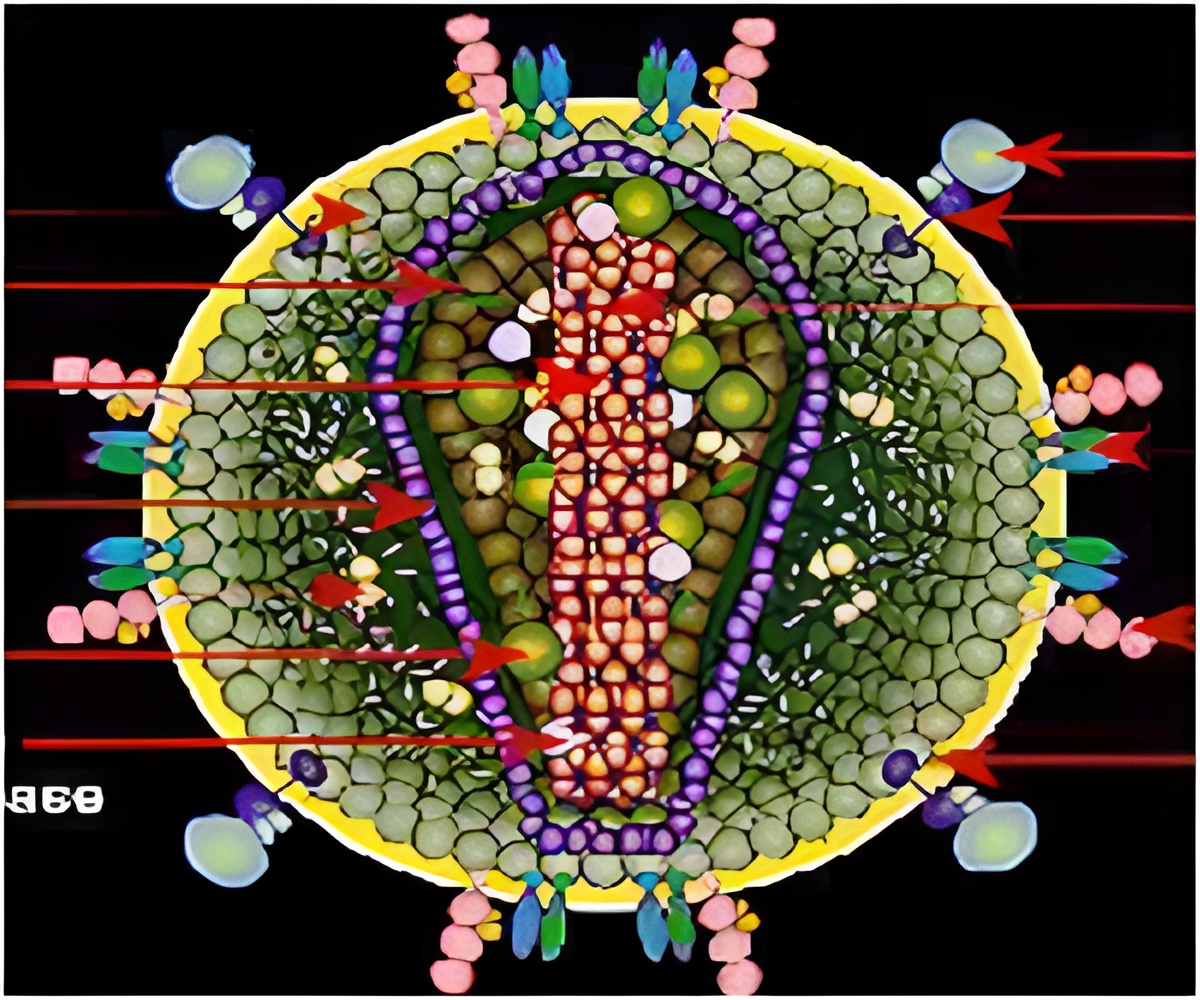
Blanchard continued that making the movements of HIV visible so that they could follow, in real time, how surface proteins on the virus behave will hopefully tell them what they needed to know to prevent fusion with human cells if one could prevent viral entry of HIV into immune cells, one had won.
Blanchard adapted an imaging technique that uses fluorescence to measure distance on molecular scale - single-molecule fluorescence resonance energy transfer (smFRET) imaging - to study viral particles. His group developed fluorescent molecules (fluorophores) - which he dubs "beacons" - and the team inserted them into the virus's outer covering, known as the envelope. With two of these special beacons in place, smFRET imaging can be used to visualize how the molecules move over time, when the virus proteins change conformation.
The team used the technology to study motions of proteins on the surface of the HIV virus called envelope proteins that are key to the virus's ability to infect human immune cells carrying CD4 receptor proteins. (CD4 receptor proteins help HIV bind to a cell.) The envelope consists of three gp120 and gp41 proteins positioned close together, and referred to as "trimers" that open up like a flower in the presence of CD4, exposing the gp41 subunit that is essential for subsequent aspects of the mechanism that causes infection.
The study was published in journal Science, and journal Nature.
Source-ANI















